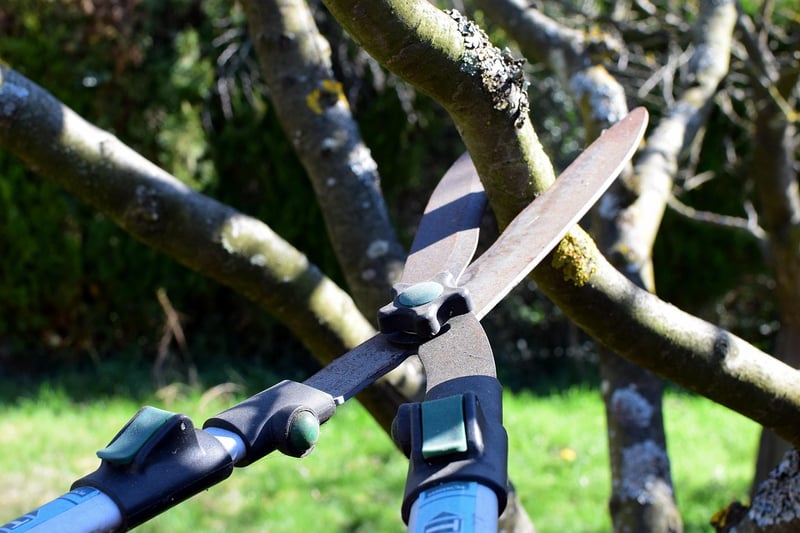Pruning Basics
Caring for Your Plants: Pruning Basics
Plants are a beautiful addition to any home or garden, but proper care is essential to help them thrive. One important aspect of plant care is pruning. Pruning is the process of selectively removing parts of a plant to improve its overall health, appearance, and growth. In this article, we will explore the basics of pruning and how it can benefit your plants.
Why Prune Your Plants?
Pruning your plants has several benefits:
- Promotes plant health by removing dead or diseased branches.
- Helps control the size and shape of the plant.
- Encourages new growth and flowering.
- Improves air circulation within the plant, reducing the risk of diseases.
When to Prune
The best time to prune your plants depends on the type of plant. In general:
- Spring-flowering plants: Prune after they bloom.
- Summer-flowering plants: Prune in late winter or early spring before new growth begins.
- Evergreen plants: Prune in late winter or early spring.
Basic Pruning Techniques
Here are some basic pruning techniques to keep in mind:
- Use clean, sharp tools to make precise cuts.
- Remove dead or damaged branches first.
- Prune at a 45-degree angle above a bud or branch junction.
- Step back regularly to assess the plant's shape as you prune.
Conclusion
Pruning is an essential part of plant care that can help your plants stay healthy and look their best. By understanding the basics of pruning and following the proper techniques, you can enhance the beauty and vitality of your plants.

Remember to research the specific pruning needs of each plant species you have to ensure you prune them at the right time and in the correct manner. Happy pruning!
